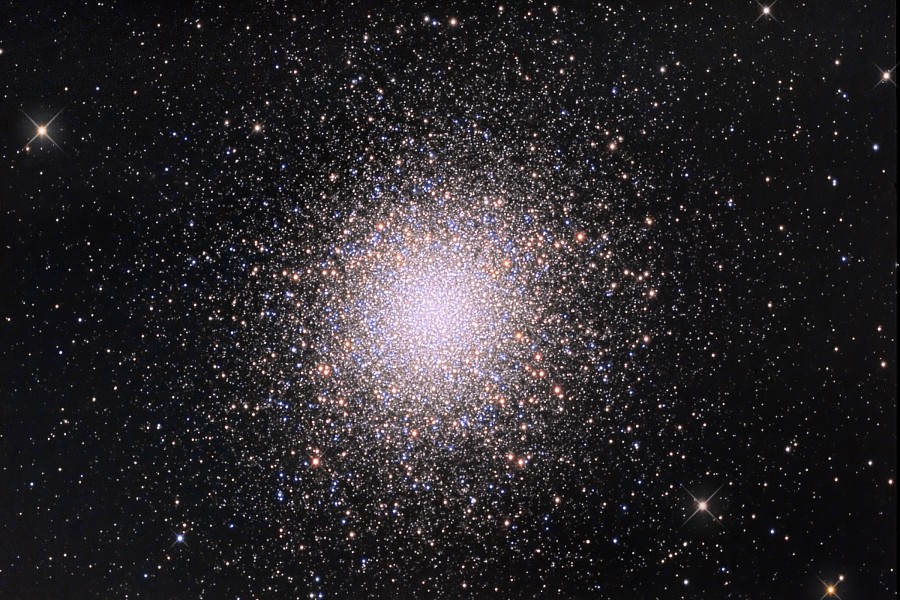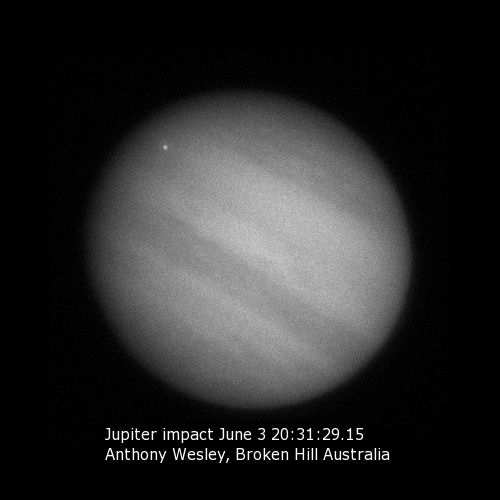"If our hypothesis is correct, then we are catching atoms that originate from an interstellar cloud that is different from ours," says Dr. Maciej Bzowski, co-investigator of the mission and head of the Polish IBEX team. But since the creation of such ENA atoms is occurring throughout the entire boundary layer between the clouds, why do we see the Ribbon? "It's a purely geometrical effect, which we observe because the Sun is presently just in the right place, within a thousand of astronomical units from the cloud boundary," explains Grzedzielski. "If the cloud-cloud boundary is flat, or better slightly extruded towards the Sun, then it appears the thinnest towards the center of the Ribbon and thicker at the sides, right where we see the edge of the Ribbon. If we were farther away from the boundary, we would see no Ribbon, because all the ENAs would be re-ionized and dispersed in the intervening gas of the Local Cloud."
The model developed by the Polish-US team suggests that the boundary between the Local Cloud and the Local Bubble might be not within a few light years from the Sun, as it was believed earlier, but within just a thousand of astronomical units, a thousand-fold closer. This might mean that the Solar System could enter the million-degree Local Bubble cloud as early as the next century. "Nothing unusual, the Sun frequently traverses various clouds of interstellar gas during its galactic journey," comments Grzedzielski. Such clouds are of very low density, much lower than the best vacuum obtained in Earth labs. Once in, the heliosphere will reform and may shrink a little, the level of cosmic radiation entering the magnetosphere may rise a bit, but nothing more. "Perhaps future generations will have to learn how to better harden their space hardware against stronger radiation," suggests Grzedzielski.












